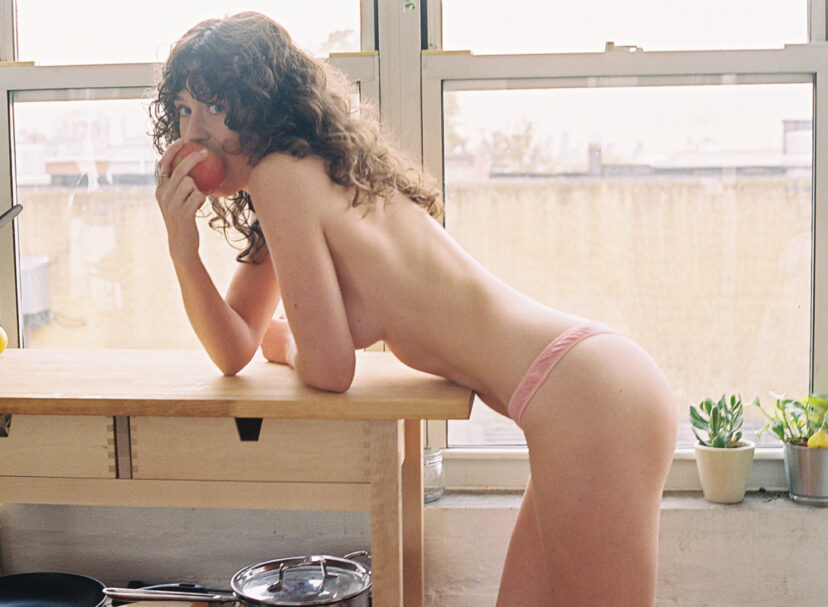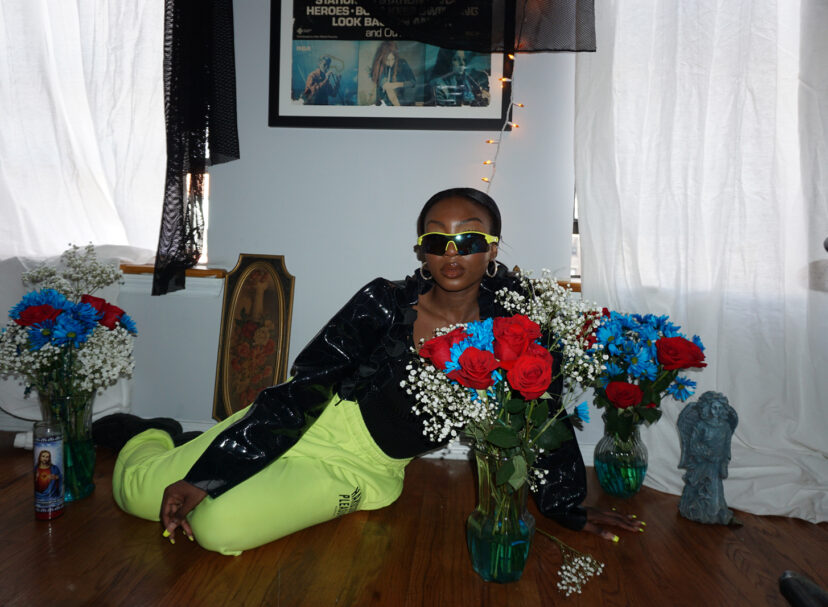Text by Alec Coiro
Photos by Jill Platner
Jill Platner combines sculpture with fashion from her head quarters in NoLita. It’s art that you can wear, and it’s all handcrafted. We sat down with her to find out how it all comes to fruition.


1. Your jewelry seems to share a very close affinity with your sculpture. Do you see jewelry making as a form of sculpting, or are the two disciplines distinct for you?
For me, the relationship between creating sculptural works and designing jewelry is one in the same. As jewelry designer, I have been making what are essentially wearable sculptures for over 20 years, so designing and building on a larger scale is a very natural progression. The benefit of working on jewelry is that it allows me the opportunity to study form and movement and then to fully reconcile and refine it before approaching a larger work.
2. Do you use the same materials for your sculpture and jewelry?
In a jewelry application I work with precious metals; primarily sterling silver and a custom alloyed 19K green gold (it actually appears as greenish-yellow rather than green). The luster of these metals is insane! For my sculptures I combine the processes of casting and forging to create the shapes and finishes that I want. These large works are done in statuary bronze, copper or steel.

3. To me, handcrafted objects are instilled with more inherent worth. In what ways do you think being handmade adds value to a piece?
The artist can be felt when an object is handmade. The human touch makes the work feel “alive” in some way, giving a depth that mass-produced or machined works can’t capture. I strive to put soul and care in all of my work.
4. Although you work in metal, a lot of your jewelry and sculpture seems to reflect nature and natural forms. Is this intentional, and if so in what ways does nature inform your work?
My studio is full of plants, rocks and wood- which I have been collecting since I was a child. Nature is such a huge part of my being and an essential part of my visual vocabulary, that it’s no surprise that many of these forms find their way into my work. I continually marvel at the structure of plants and seeds and how they are so intricately organized by design. It always inspires me!

5. How long does each piece take from conception to finished product, can you take us through the process?
Design is always an evolution. The time from initial conception to a finished work is often many months. Jewelry is great because I can do it myself here in my studio, whereas sculpture requires many hands. One thousand pounds of steel is impossible to handle alone! Apart from the weight, there is so much engineering that goes into the larger pieces that it often becomes a timely process. For the most part, I start nearly every piece by first making a metal model and then see where it takes me. There are so many pieces that I’ve made small that I can imagine both as jewelry and sculpture!
6. Have you seen Crosby Street change since you first opened?
I’ve definitely seen Crosby Street undergo some pretty significant changes in the twenty four years I’ve been here! There are now two beautiful hotels on Crosby Street, so we now see a lot more tourists. It really has been a transformation. When I first opened there was a furniture store on the street – and us. Now the whole Crosby corridor is home to many great stores from Houston all the way down to Howard Street. There are certainly some elements of Crosby that remain unchanged. Most of the stores on Broadway have freight entrances on Crosby, so there are trunks and deliveries to contend with all day. Crosby is loud and vibrant street; it reminds me of being backstage at a concert!

